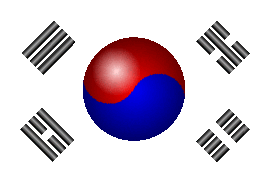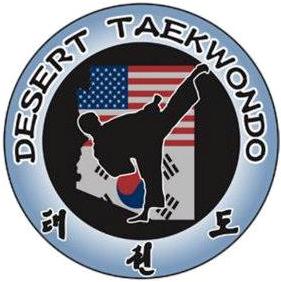Red & Black Belt Info
Belt Information Stripe Requirements
2nd Gup Red Belt
Red Belt: Represents ‘danger’; student has technique but lacks control.
Hwa-Rang (29) Is named after the Hwa-Rang youth group which originated in the Silla Dynasty in the early 7th century. The 29 moves refer to the 29th Infantry Division, where Taekwondo developed into maturity.
The 9 points to be observed while performing forms:
- A pattern should be performed in rhythmic movements with an absence of stiffness.
- Moves should be accelerated and decelerated according to the instructions.
- Each pattern should be perfected before going on to the next.
—————————————————————–
1st Gup Red Belt w/Black Stripe
Choong-Moo (30) Was the name given to the great Admiral Yi Soon Sin of the Yi Dynasty. He was reputed to have invented the first armored battleship (Kobukson) in 1592, which is said to be the precursor of the present-day submarine. The reason why this pattern ends with a left hand attack is to symbolize his regrettable death, having no chance to show his unrestrained potential checked by the forced reservation of his loyalty to the king.
The 9 points to be observed while performing forms:
- Students should know the purpose of each movement.
- Students should perform each move with realism.
- Attack and defense techniques should be equally distributed among the left and right hands and feet.
——————————————————————–
1st Degree Black Belt Recommended
Black Belt: Represents a combination of all the colors.
Kwang-Gae (39) Is named after the famous Kwang-Gae-Toh-Wang, the 19th king of the Koguryo Dynasty, who regained all of the lost territories, including the greater part of Manchuria. The diagram, plus over minus (±), represents the expansion and recovery of lost territory. The 39 moves refer to the first two figures of 391 A.D., the year he came to the throne.
The Korean flag is called Tae-Guk-Gee. The center of the flag is a symbol which is divided into two equal parts, called Taeguk. One part is blue and the other is red. The upper (red) represents the positive, or Yang, and the lower (blue) represents the negative, or Um (Yin). These two opposites represent duality. The idea of Taeguk is that while there is constant movement between good and evil, there is still balance. The bars on the side also represent opposition and balance. The upper left with three solid lines represents the heavens, while its opposite, the three broken lines, represents the earth. The upper right represents water while the opposite corner (lower left) represents fire.




Follow or Email us!